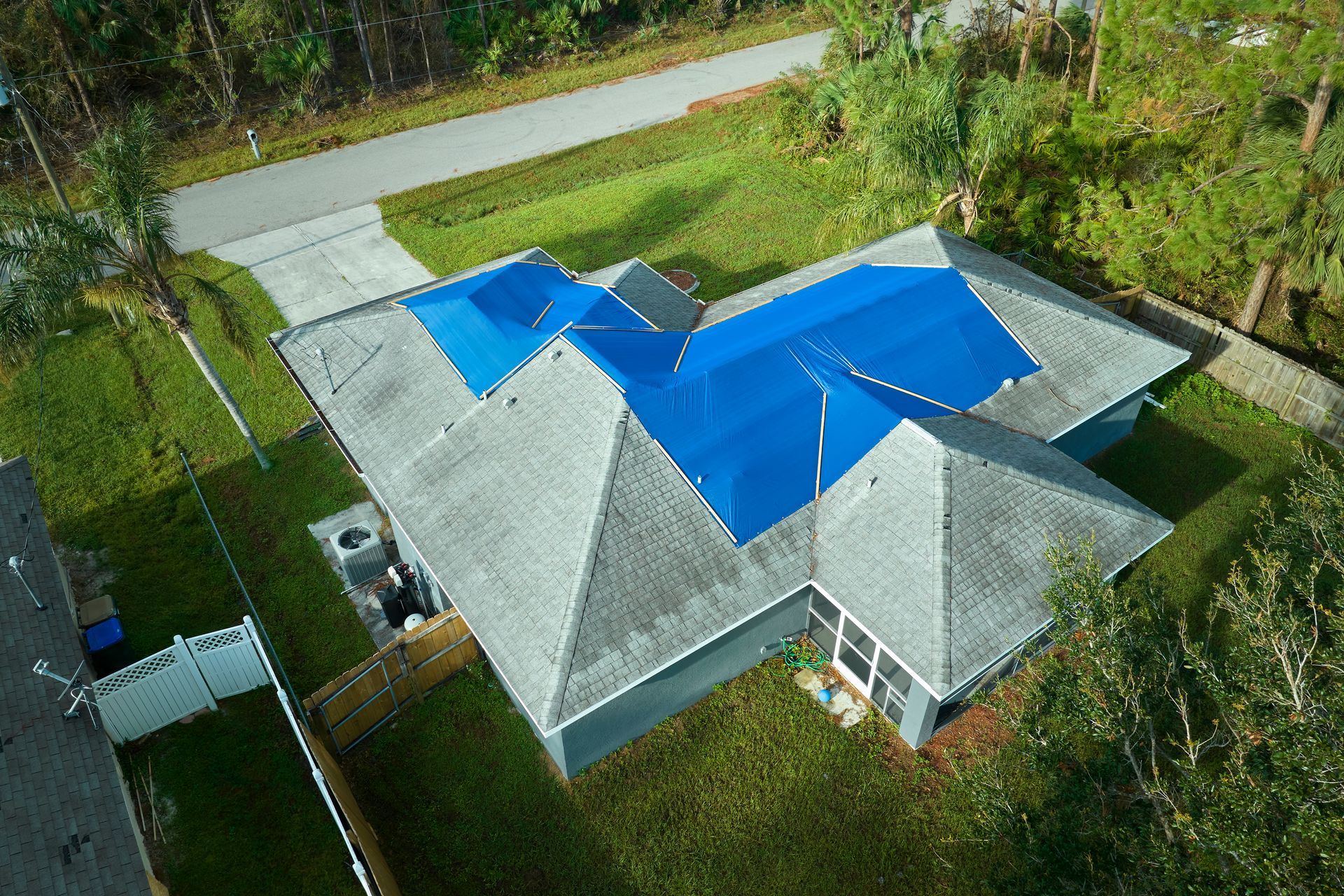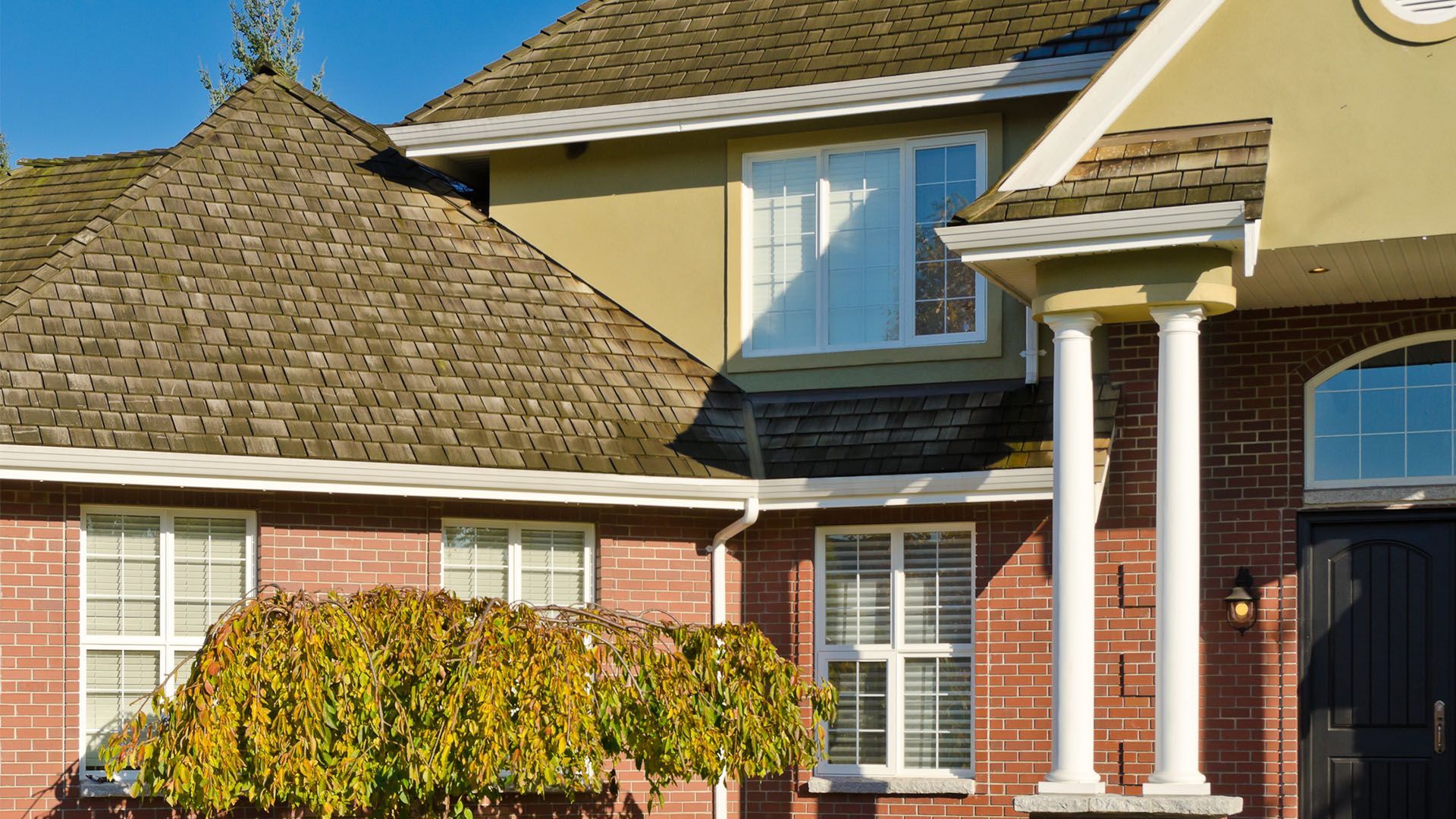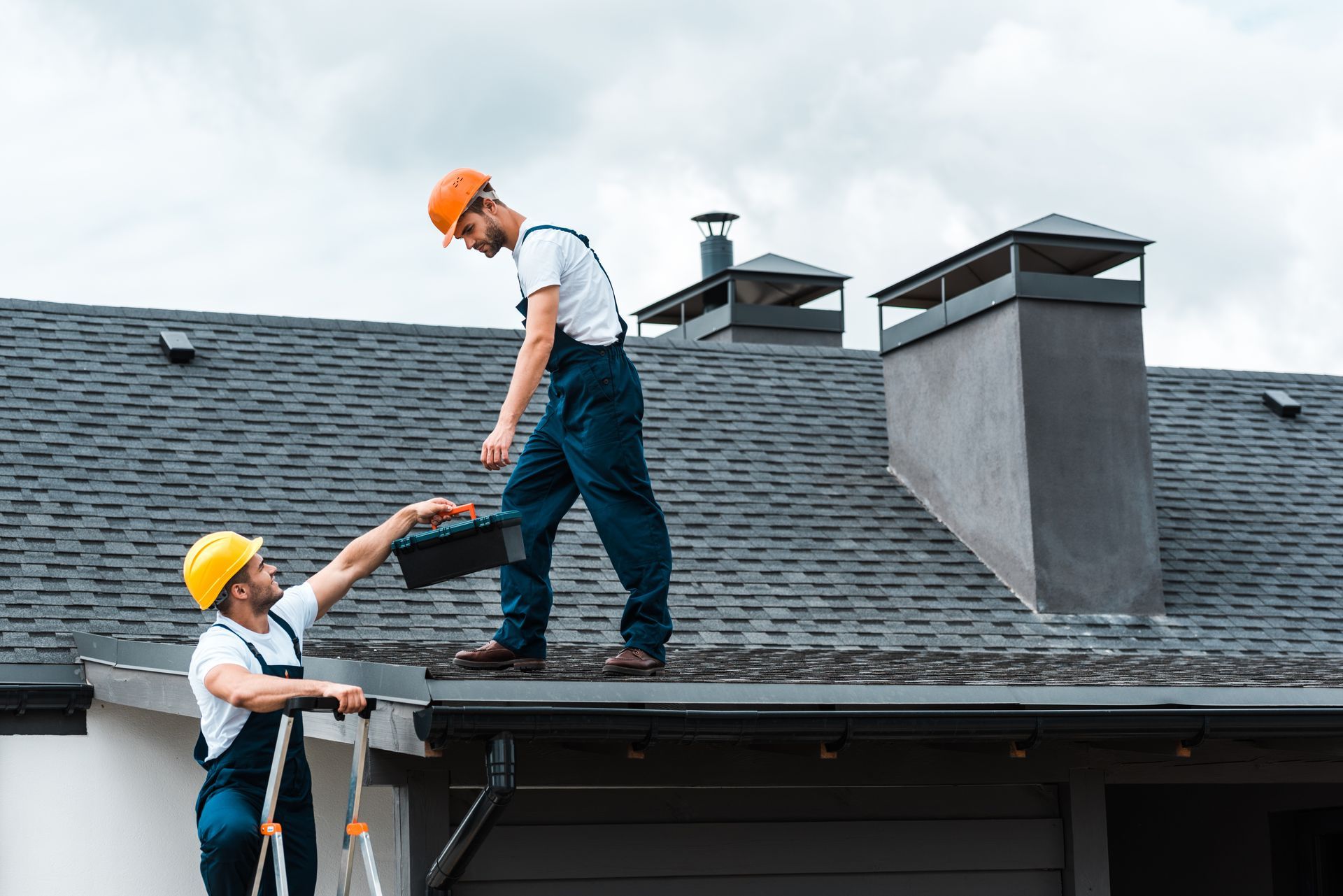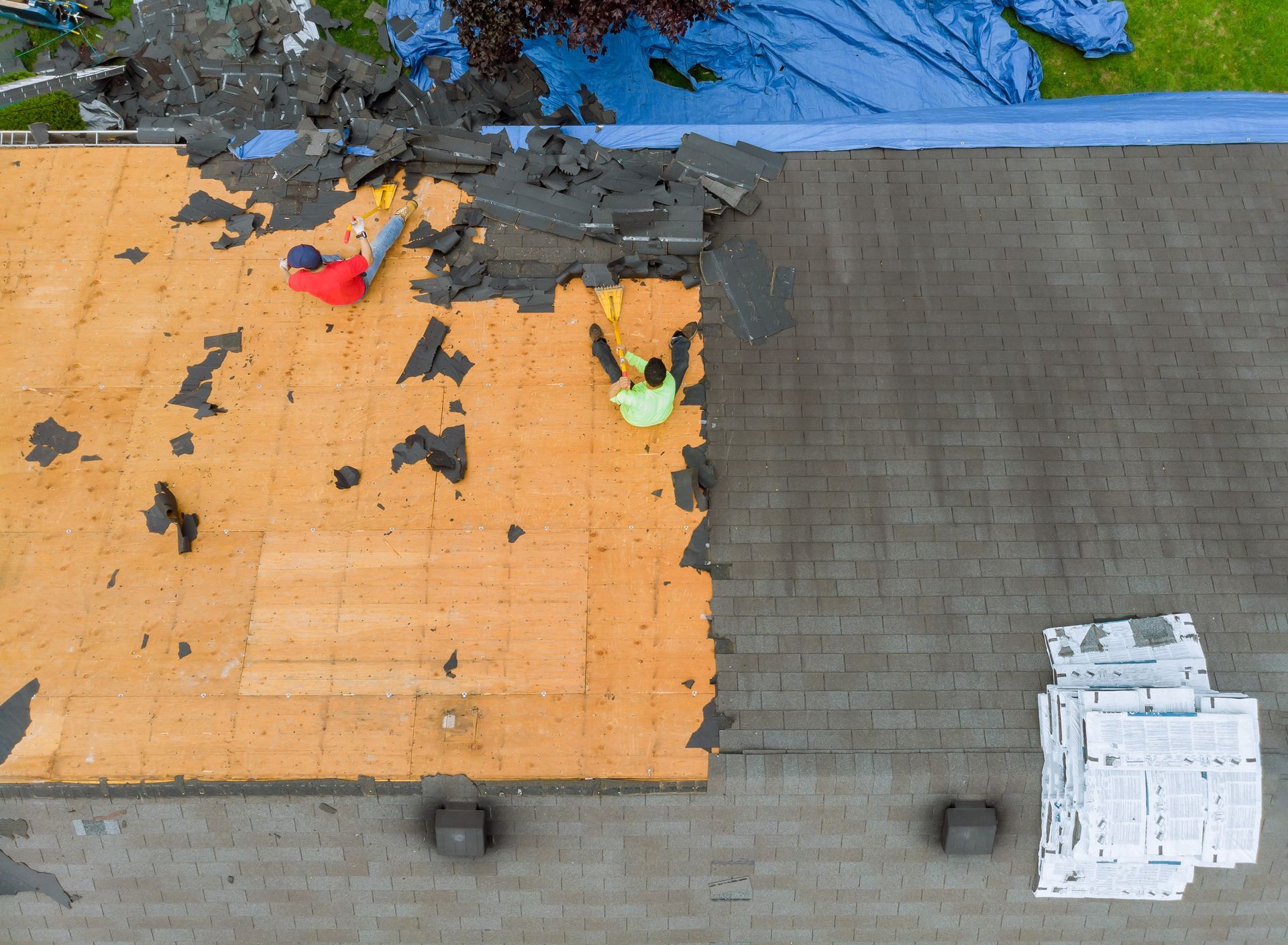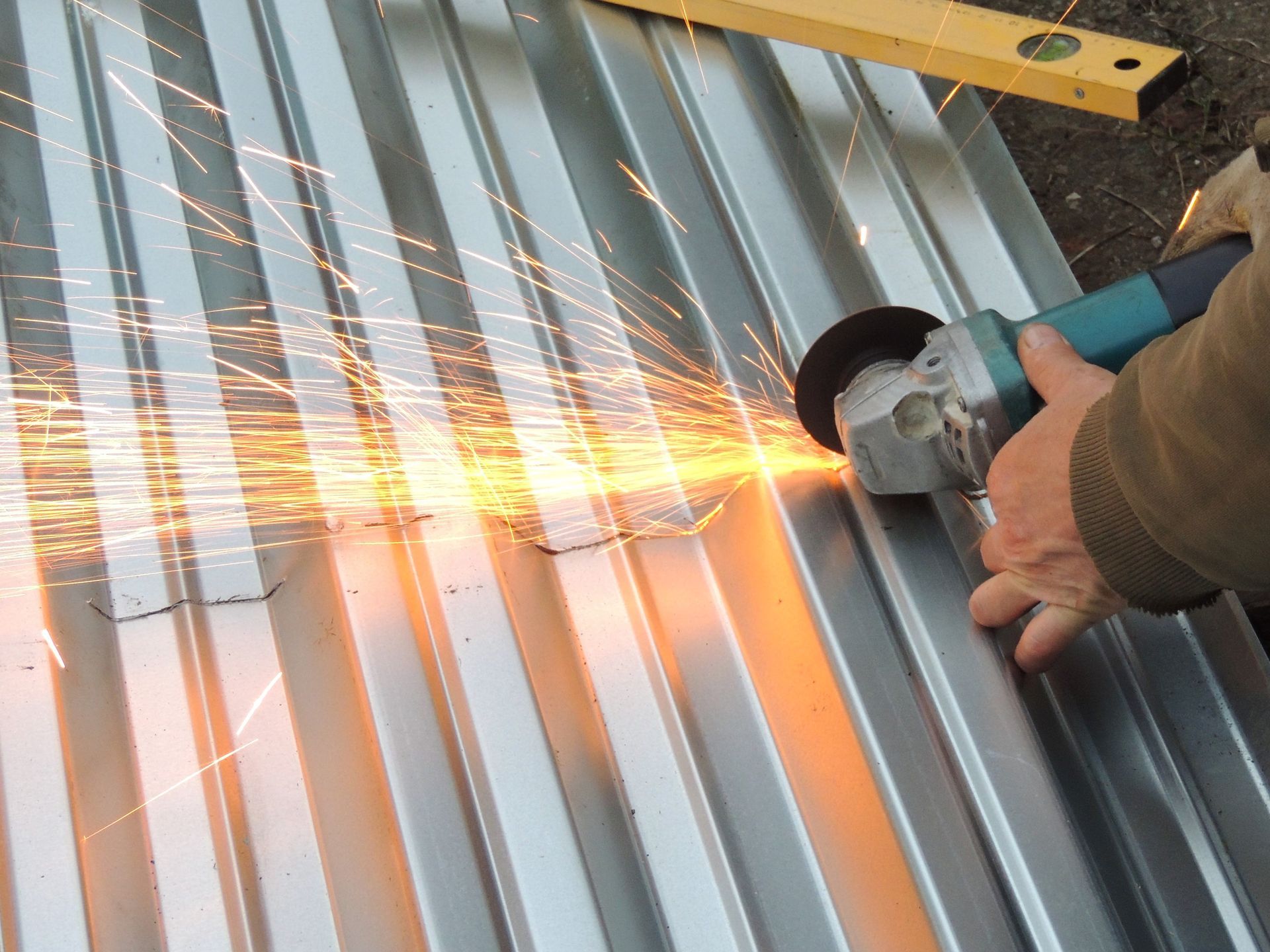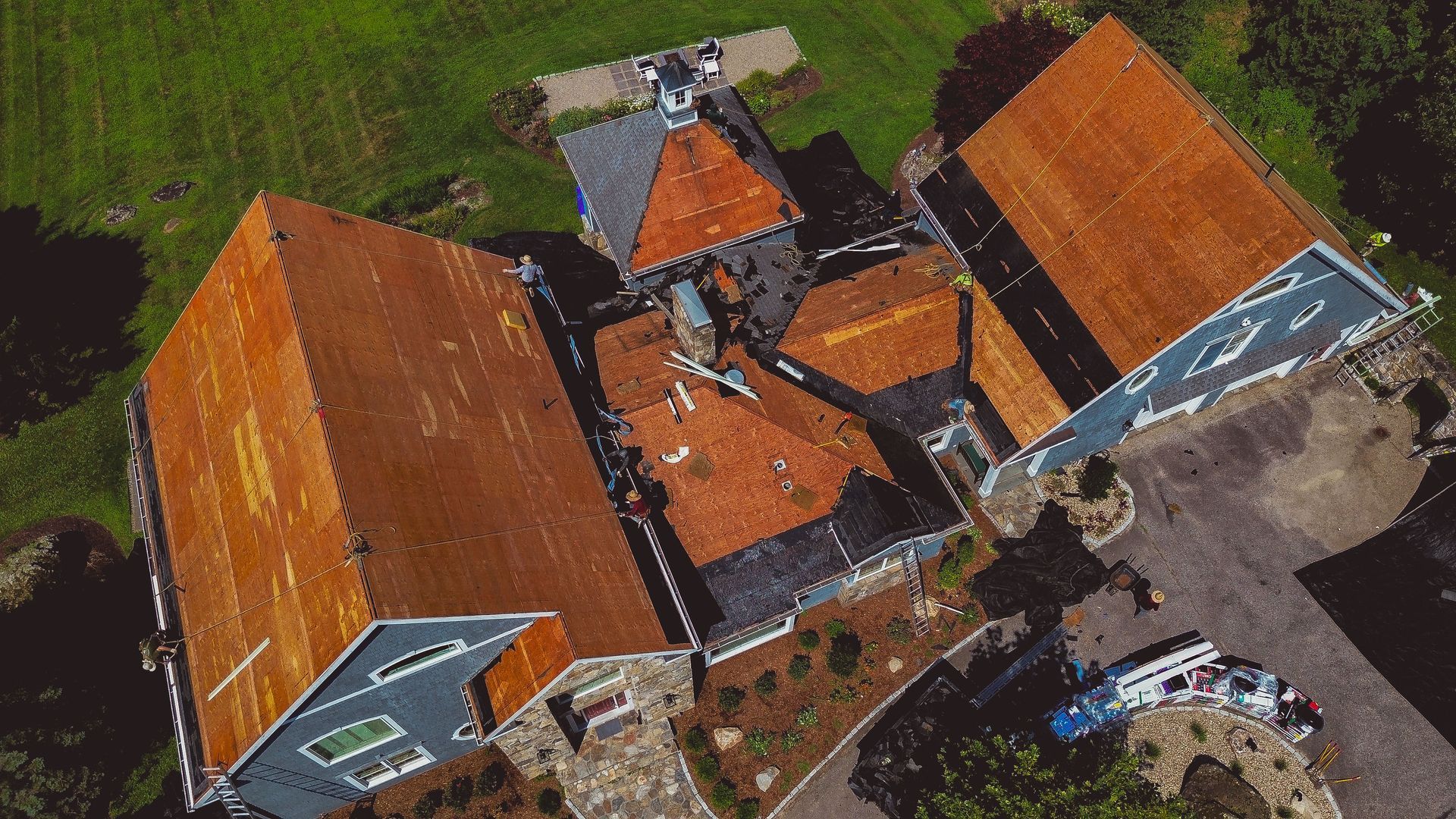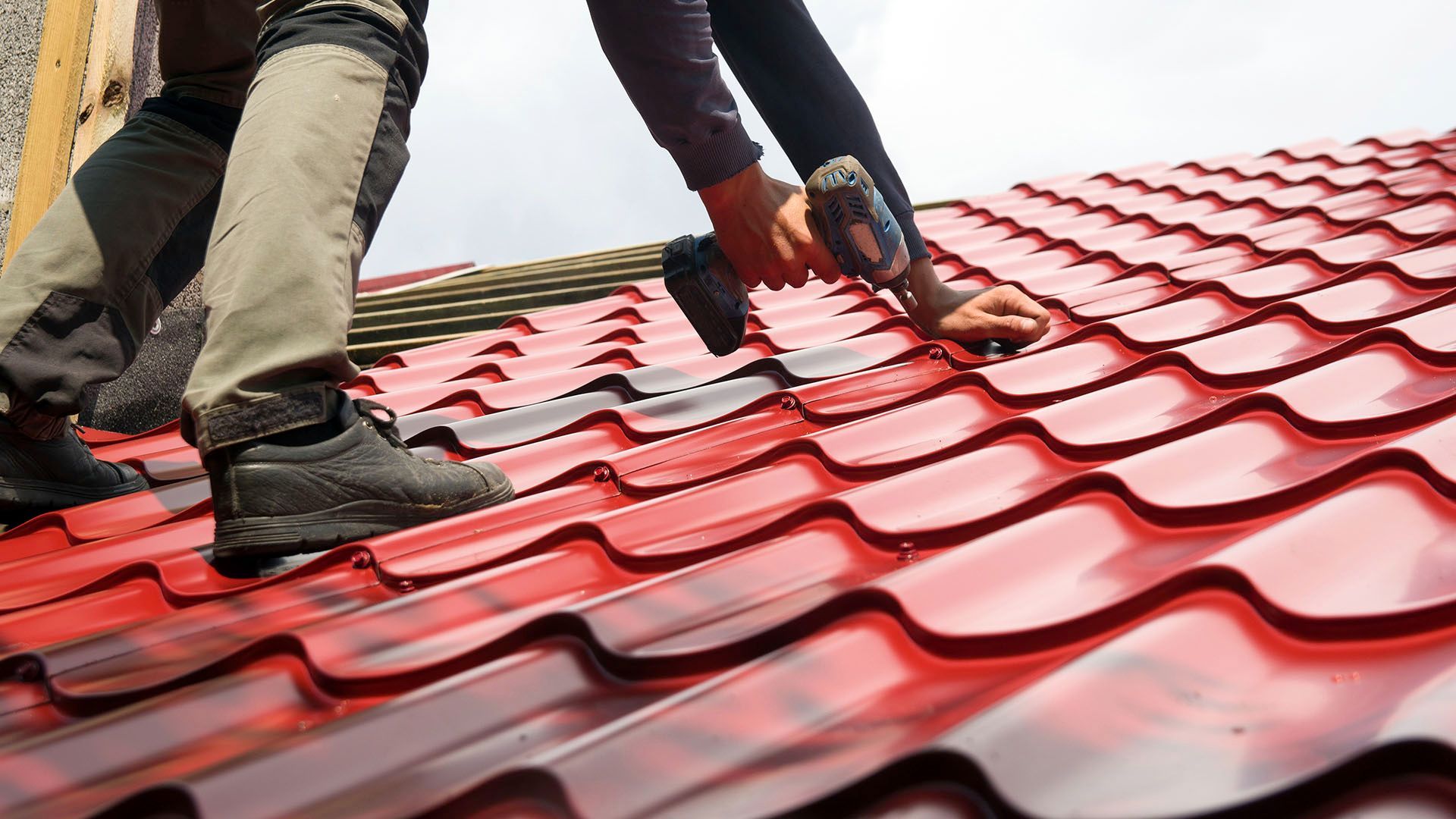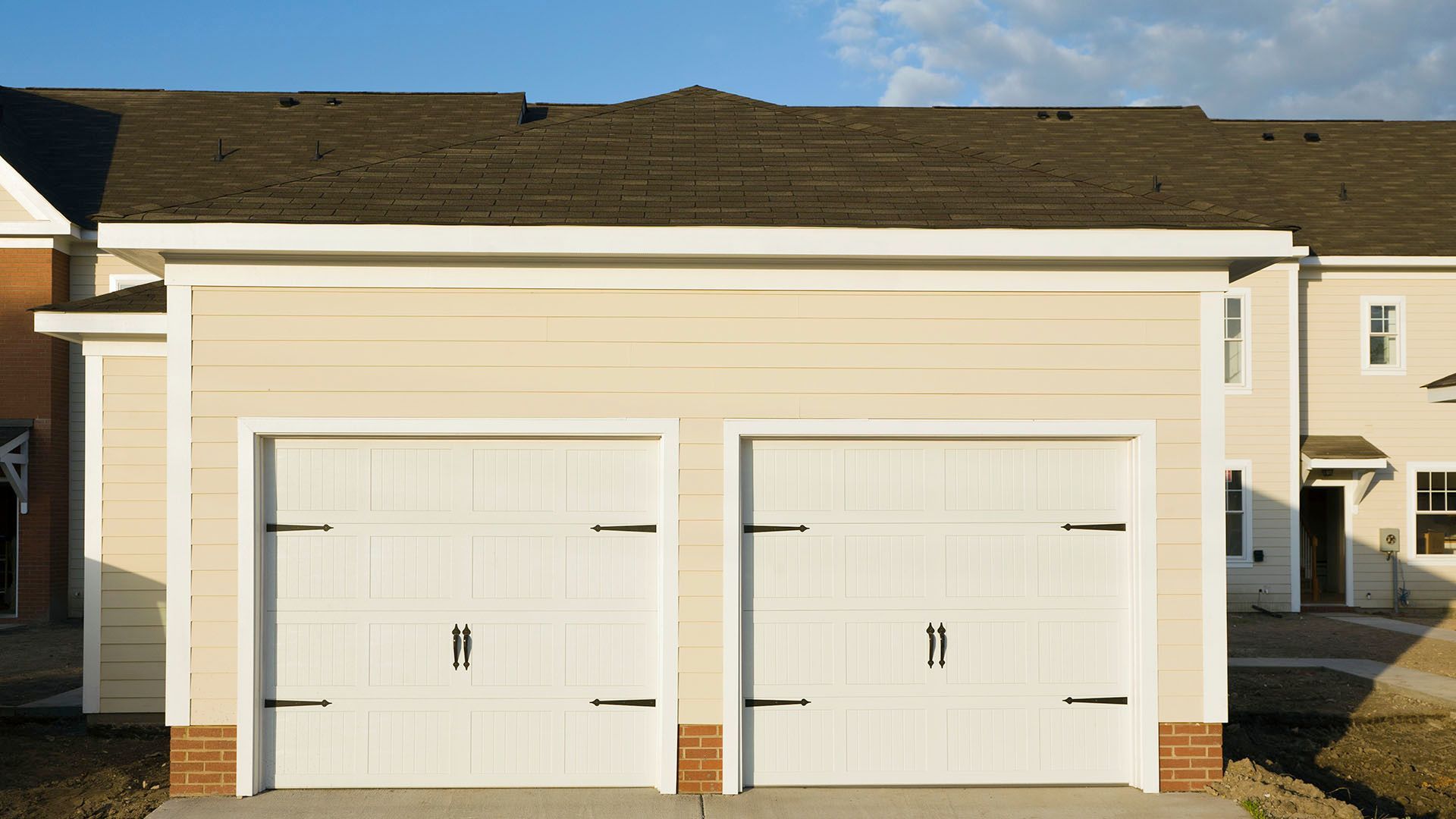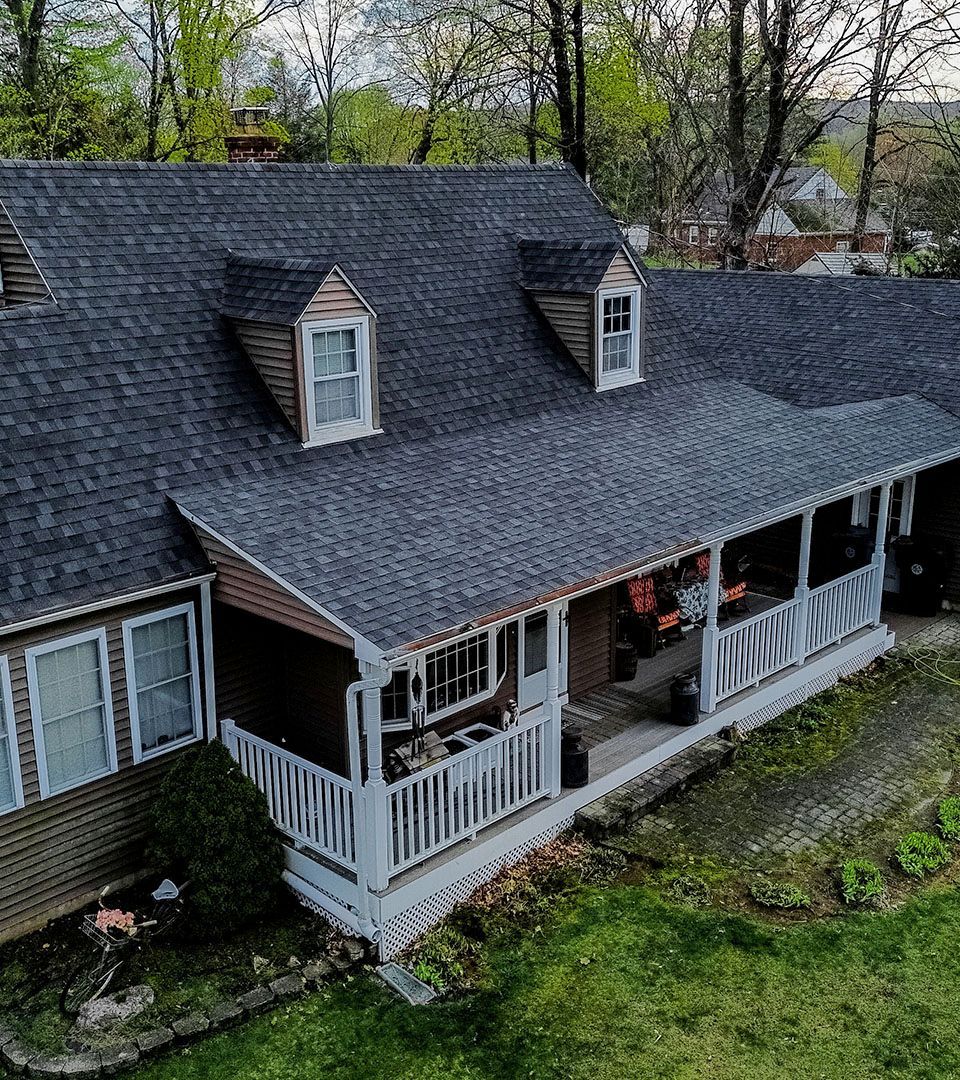What Is a Soffit Vent and Why Your Roof Needs One

At Carden Home Improvement, we’ve spent over a year working in the home improvement industry, specializing in roofing systems across Connecticut. As Tamko Certified Diamond Contractors offering 25-year warranties and a 1-Day Roof Replacement Guarantee, we take roofing ventilation seriously because it’s essential for the health of your home. One critical but often overlooked component? Soffit vents. If you’re a homeowner looking to improve your attic ventilation or extend your roof’s lifespan, this guide is for you.
What Is a Soffit Vent?
Soffit vents are small openings located under the eaves (the underside of your roof overhang) that allow fresh air into your attic. These vents are part of a larger ventilation system that keeps your attic dry and cool year-round.
Where Soffit Vents Are Located
Soffit vents are installed on the underside of roof overhangs commonly called eaves. They’re often found in the form of individual vents or as continuous strips.
How Soffit Vents Work
They function as
intake vents in a balanced attic ventilation system pulling in cooler outside air while exhaust vents (like ridge or gable vents) push hot, moist air out. This intake-exhaust pairing is key for healthy airflow.

Why Your Roof Needs Soffit Vents
Controls Heat and Moisture
Without proper airflow, attics can overheat or trap moisture leading to warped wood, rusted nails, and structural damage.
Prevents Mold, Rot, and Ice Dams
In the Connecticut climate, temperature swings can lead to condensation and ice dams. Soffit vents help control attic humidity, reducing the risk of mold growth and wood rot.
Increases Energy Efficiency and Roof Longevity
Ventilation supports insulation performance and extends the life of shingles by reducing heat stress and moisture retention.
Attic Ventilation Basics
Intake vs. Exhaust
Balanced airflow means pairing soffit (intake) vents with ridge, gable, or roof (exhaust) vents. This cycle pulls in cool air and pushes out warm, damp air.
Common Exhaust Vent Types
- Ridge vents – run along the peak of the roof
- Gable vents – located on end walls of attic
- Box vents – static vents on the roof
Keep Airflow Paths Open
Baffles or air chutes are installed in the attic to prevent insulation from blocking the airflow from soffit vents.
Types of Soffit Vents and Materials
Continuous vs. Individual Vents
- Continuous vents: long, narrow strips that run the length of the eave
- Individual vents: circular or rectangular openings spaced apart
Ventilated Soffit Panels
These are soffit panels with built-in perforations, often used in vinyl or aluminum soffit systems.
Material Options
- Vinyl: Low-cost, easy to maintain
- Aluminum: Strong and rust-resistant
- Wood: Traditional but needs maintenance
- Fiber cement: Durable but heavy
Sizing, Placement, and Net Free Area (NFA)
Match Intake to Exhaust
Your soffit and exhaust vents should provide equal net free area (NFA) to ensure balanced airflow.
Placement and Spacing
Vents should be spaced evenly along the eaves. Too few or poorly spaced vents can create hot spots.
Avoid Blockages
Ensure vents aren’t covered by insulation, caulk, or paint. Always keep airflow channels open.
Installation and Best Practices
What’s Involved in a Pro Installation
We assess your home’s NFA needs, follow code compliance, and ensure optimal placement for airflow.
DIY Overview
If you’re handy, you can install soffit vents, but be cautious of attic hazards and always check local codes.
Orientation and Screening
Vents should be angled correctly and covered with insect screens to block pests without blocking airflow.
Maintenance & Troubleshooting
Signs of Under-Ventilation
Watch for hot attics, condensation, peeling paint, or ice dams these may signal airflow problems. If you notice these issues, you may need emergency roof repair services.
How to Maintain Soffit Vents
- Clear debris regularly
- Repaint only with breathable coatings
- Repair or replace cracked panels
Keep Pests Out
Install screens and check for bird or insect nests that may block airflow.
Regional Considerations for Connecticut Homes
Snow, Wind, and Ice Dam Risks
Winter weather can clog or block vents, so use durable materials and design vents to shed snow and resist wind-driven rain.
Material Durability
Choose vinyl or aluminum soffits that hold up to Connecticut’s seasonal changes and don’t rust or warp.
Get a Professional Ventilation Check
Not sure if your attic has proper airflow? Carden Home Improvement offers free inspections with ventilation recommendations. Our 1-Day Roof Replacement Guarantee and extended warranties make it easy to upgrade your roofing system with confidence.
Need expert help with your attic ventilation or soffit vents? Contact Carden Home Improvement today.
Frequently Asked Questions
How many soffit vents do I need for my house?
The number of soffit vents depends on your home's square footage and attic space. A general rule is 1 square foot of ventilation for every 150 square feet of attic space, split equally between intake (soffit) and exhaust vents. For a 1,500 sq ft attic, you'd need about 5 square feet of soffit vents. However, it's best to have a professional calculate your home's specific needs.
Can I install soffit vents myself?
While DIY installation is possible for handy homeowners, it requires cutting into your home's exterior and working at height. You'll need to ensure proper spacing, avoid electrical wires, and comply with local building codes. Professional installation guarantees proper placement and code compliance.
How much do soffit vents cost to install?
Individual soffit vents typically cost $5-15 each, while continuous strip vents run $3-8 per linear foot. Professional installation usually ranges from $300-800 for an average home, depending on the number of vents and complexity of the job. This is a worthwhile investment considering the protection it provides your roof.
Do soffit vents work in winter?
Yes, soffit vents are especially important in winter. They help prevent ice dams by maintaining consistent attic temperatures and reducing snow melt-refreeze cycles. However, snow and ice can sometimes block vents, so choose durable materials and designs that shed snow effectively.
What's the difference between soffit vents and ridge vents?
Soffit vents are intake vents located under the eaves that pull cool air into the attic. Ridge vents are exhaust vents installed along the roof peak that allow hot, moist air to escape. Both work together as a team you need both for proper attic ventilation.
How do I know if my soffit vents are blocked?
Signs of blocked soffit vents include hot attics in summer, condensation or frost in the attic, ice dams in winter, and higher energy bills. You can visually inspect vents for debris, paint, or insulation blocking the openings. Use a flashlight to check that airflow paths are clear.
Can soffit vents cause roof leaks?
When properly installed with appropriate screens and angled correctly, soffit vents should not cause leaks. However, poor installation or damaged vents can allow wind-driven rain to enter. This is why professional installation and regular maintenance are important.
How often should I clean my soffit vents?
Inspect and clean soffit vents at least twice a year spring and fall. Remove leaves, debris, and check for pest nests. During cleaning, also verify that insulation hasn't shifted to block the vents and that screens are intact.

